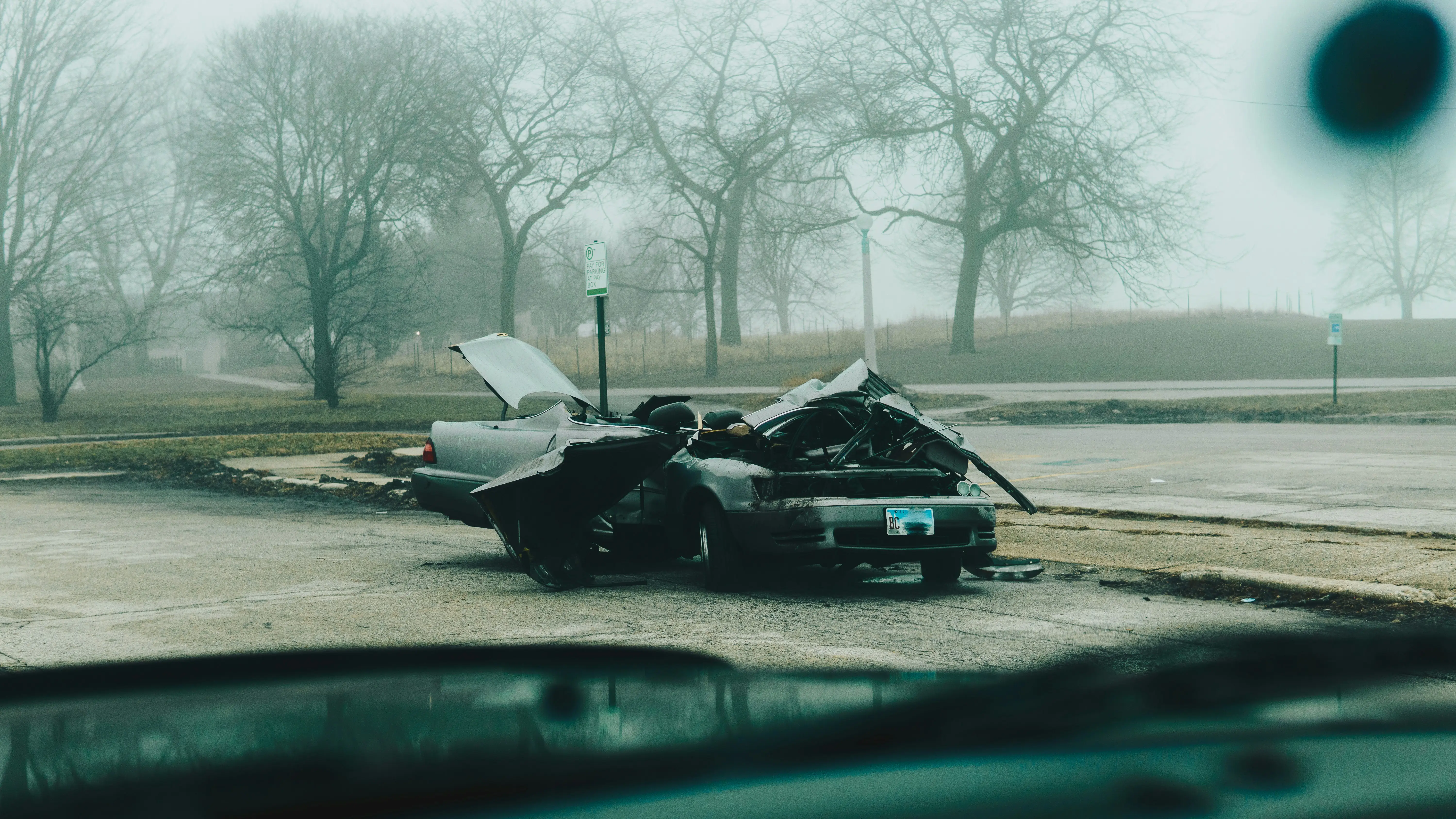If you total a leased car, you are still responsible for making your monthly payments until the car’s value is paid off to the lessor. But your insurance may cover the full value of the wrecked car, in which case you’ll be free and clear of any further financial responsibility.
QUICK LOOK
- If you total a leased car, your insurance may cover the full value of the car, but you won’t get back any money you put into the lease.
- If insurance doesn’t cover the full value of the car, you are responsible for paying the remaining balance to the lessor.
- Responsibility for paying for leased vehicle repairs ultimately lands on the lessee.
- Additional car insurance coverage, like gap insurance, is recommended for those leasing a car to protect against financial losses in total loss accidents.
What happens if you total a leased car?
If your leased car is totaled, your lessor is entitled to the fair market value of the totaled vehicle. Your car insurance may cover this cost entirely, in which case, you’re off the hook for any further payments.
That’s the good news. The bad news is you will not get back any money that you have put into the leased vehicle, including monthly payments and down payments.
And if your car insurance company does not cover the full fair market value of the car, you are responsible for the shortfall.
For example: If the fair market cash value of your car is $20,000, but your insurance company only pays out $17,000, you are responsible for paying the remaining $3,000 to your lessor.
In this case, you will still be on the hook for your regular monthly lease payments until the end of the lease term or until the car’s title has been cleared (i.e., paid off).
When is a vehicle considered totaled?
A vehicle is considered a total loss when the cost of repairs is higher than the actual cash value of the vehicle prior to the accident. Following a car crash, an insurance claims adjuster from your insurance provider will inspect your vehicle to assess the damage and determine if you have a totaled car or “write-off.”
Who pays after a leased car accident?
You are ultimately responsible for paying for any repairs to your leased vehicle. However, where you get the money to pay for them will depend on who was at fault in the accident that caused the damage as well as how much and what types of insurance both you and the other driver carry.
If you’re in an accident with another driver, and you’re not at fault, the other driver’s liability coverage will pay for the damages to your leased vehicle and your medical bills up to their insurance policy limits.
If these limits don’t cover the full cost of your repairs or the full cash value of the vehicle in a total-loss situation, your collision coverage kicks in, or you’ll be on the hook for the remaining balance—unless you’ve purchased gap insurance.
Worst case scenario: If your lender doesn’t require full-coverage, and you opt to carry insurance coverage that’s only in line with your state’s minimum insurance requirements, you’ll be paying out of pocket for the full cash value of your leased vehicle if you were at fault, in a single-vehicle accident, or your leased car is totaled by something other than a collision.
What car insurance do you need when driving a leased car?
When you lease a car from a dealership, you’ll need to purchase auto insurance.
Most states require motorists to carry some form of car insurance, typically third-party liability insurance to cover bodily injury and property damage. But some states also require drivers to carry uninsured motorist coverage, personal injury protection, or both.
If you are leasing your vehicle, your leasing company will likely require you to purchase additional insurance beyond the state minimum liability coverage—usually collision coverage and comprehensive coverage.
- Collision coverage pays for damage to your vehicle following an at-fault accident with another vehicle.
- Comprehensive coverage protects you against non-collision damage from things like falling objects, water, hail, and vandalism.
A new car can lose value quickly, causing a discrepancy between the car’s stated value and actual value. For this reason, you may want to purchase additional coverage such as gap insurance when leasing a vehicle or financing one with a car loan.
Gap insurance comes in handy if you total your leased car because it covers the difference between your new vehicle’s fair market value and your insurance payout.
Your lessor may require you to purchase gap coverage as part of your lease agreement, and you cannot purchase gap insurance without also having collision and comprehensive insurance.
In many cases, gap insurance will already be included in your lease contract, so be sure to clarify with your lessor so that you know whether or not you’re properly covered.
Key TakeawayProtect yourself against a total loss auto accident with gap insurance when leasing a vehicle.
What should you do after a crash in your leased vehicle?
If you are in an auto accident with your leased vehicle, follow these important steps:
- Tend to injured parties: Make sure everybody in your vehicle is safe, and call 911 if you or any of your passengers require medical attention.
- Report the accident to the police: The process for reporting an accident varies from state to state. However, it is generally a good idea to err on the side of caution and report an accident to the police, especially if there has been an injury or death.
- Report the accident to the DMV: In some states, a police accident report will automatically be forwarded to the DMV. But if you’re unsure, it is best to report the accident to the DMV yourself.
- Exchange information: Once you’ve made sure everybody is safe, and you have made the appropriate phone calls, you should swap contact information and insurance information with other involved parties.
- Document the accident: Take photos of the accident scene, any injuries to you or your passengers, and any damage to your vehicle and any other vehicles involved.
- Contact your leasing company: Inform your leasing company about your accident. The lessor may have strict provisions regarding the type of repair work that can be done to your car following a crash, which body shop or repair shop to use, or what is to be done in the case of a total loss.
- Contact your insurance company: Phone your insurance company to start the insurance claim process.
FAQ
-
Will my insurance go up after an accident in a leased car?
-
Can you get money back from a leased car?

Matt Nightingale is an insurance writer specializing in car insurance, home insurance, and vehicle maintenance. Matt’s mission is to provide readers with helpful, easy-to-understand content—and maybe make them smile in the process. His passion for comedy shines throughout his 400+ published articles, whether they be on taking care of your vehicle to choosing the right coverage. Before joining Jerry’s editorial team, Matt worked as a Comedy Club host, CBC Radio host, and commercial actor.

Jessica Barrett is a senior insurance writer and editor with 10 years of experience in the automotive and travel industries. A specialist in car insurance, car loans, and car ownership, Jessica’s mission is to create comprehensive content that car owners can use to manage their costs and improve their lives. As a managing editor for a team of writers and insurance specialists, Jessica has edited over 2,000 articles for Jerry on topics ranging from local insurance shopping tips to refinancing car loans with bad credit. Before joining Jerry as a senior content editor in 2021, Jessica created visual content for clients such as Expedia, Vivid Seats, Budget Direct Car Insurance, Angie’s List, and HomeAdvisor. Her content was published in Business Insider, Forbes, Apartment Therapy, and the BBC.








